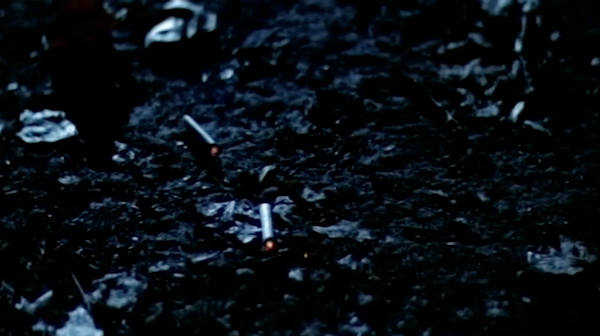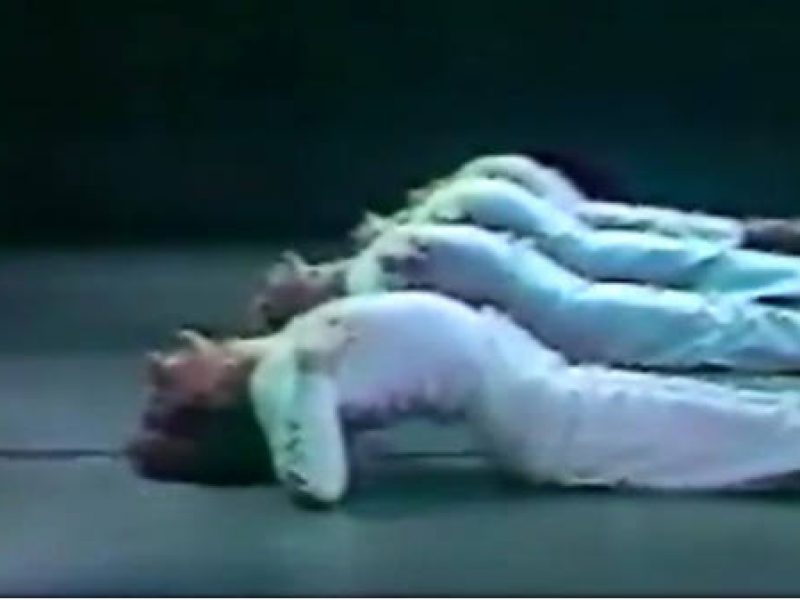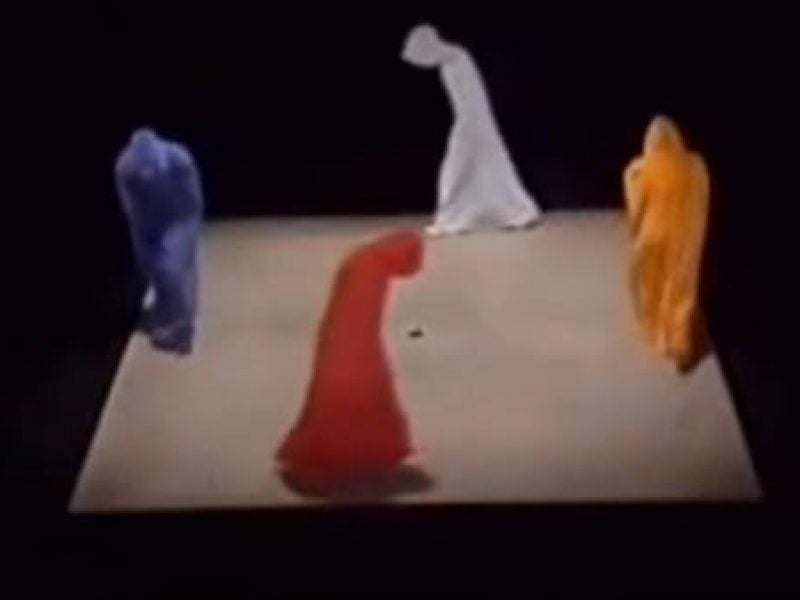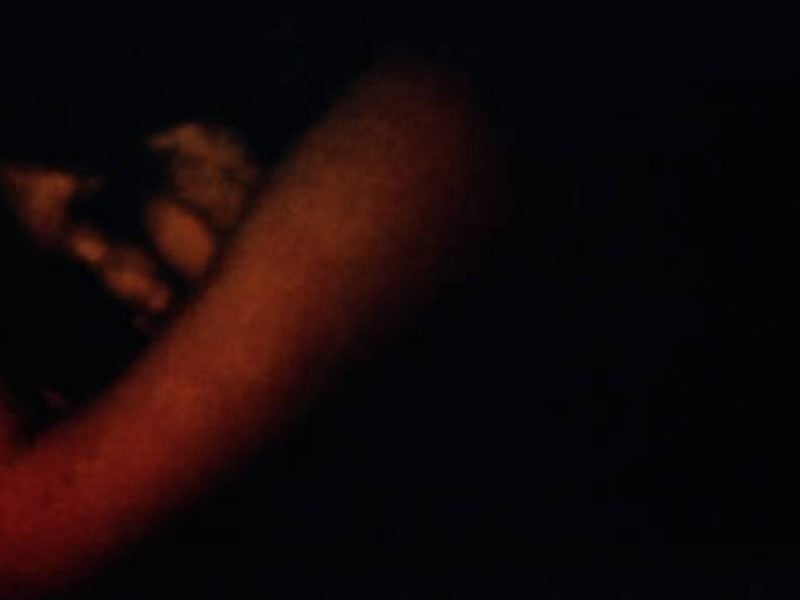The final scene of The Social Network (2010) is a shot of Jesse Eisenberg as Mark Zuckerberg in front of his laptop by himself, in an empty office, friend requesting his old girlfriend on Facebook. Disengaged but focused, he hits refresh, then hits refresh, refresh, until the credits fade in. It’s comic, pathetic and poignant.
The scene works so well because of the apparent disparity between the film’s drawn-out narrative of the social and emotional drama and business fallout surrounding Facebook’s creation, and the resulting actual, banal, trivial practice of repeatedly refreshing an ex-lover’s profile page. Billions of dollars, fame and destroyed relationships reduced to, essentially, someone alone, repeatedly refreshing an unchanging screen. But, it isn’t a disparity. Rather, the seemingly trivial activity is a marker of the way desire is enacted and rendered in social media. Facebook is just one new interface for the production and circulation of desire. That’s not to say it is new machinery for the production of desire1 – it’s an extension, a part of the machinery and the flows of desire, but one that discloses the effects very well. Like a border for a certain compulsional mode of engagement that functions according to the structure of desire. It is the interface – the interface and a producer, but a producer only producing because the flow of desire is already generated by the wider social machinery of desiring-production2.
I do this, often. I look at facebook, at instagram, at ebay searches, and back again, without a purpose. If I catch myself doing in it in half machinic routine, I normally continue doing it. It’s basically compulsive behavior and it’s no coincidence that these platforms are bound up with my own assemblages of desire they now represent. It is a circular, empty, repeated act of looking without purpose or fulfillment. But, it is also a production. It isn’t an activity to dissipate a libidinal charge or a quiescence from condensed energies, instead, it is what produces and maintains them. An incantatory ritual of repeated phrases in rhythmic cadence, with the phrase length of a ‘click’.
How are these effects rendered in art?
It’s a mode, it’s a format. A repeated clip in James Richard’s Not Blacking Out, Just Turning The Lights Off (2011) shows a lit cigarette flicked to the ground landing next to another lit cigarette, glowing harder as it lands. It is taken from the 1980 film Cruising about an undercover cop (played by Al Pacino) investigating a serial killer targeting gay men involved in the New York S&M scene. In the film, the flicked cigarettes represent a tacit agreement for sex between two characters and the clip functions as a codified image for the sexual activities in the New York cruising park. When Richards repeats, it doesn’t dissipate the implied libidinal charge, it builds it up in an incantatory production.
According to Laura Mulvey there are two forms of pleasure already embedded in the structure of film, scopophilia and the narcissistic attachment and identification with the image seen. Scopophilia is the sexual desire of looking; generated independently from erotogenic zones, it is desire that objectifies and stimulates through sight. For Mulvey, moving image is perfectly suited to produce, manipulate and deploy these channels of desire and engagement: “an illusion cut to the measure of desire” (Visual Pleasure and Narrative Cinema, 67). When for instance, Dara Birnbaum uses repetition in Technology-Transformation: Wonder Woman it is to break the diegetic attachment and narcissistic relation to the image and make the objectifying gaze and scopophilic function more legible.
If desire requires a distance to satisfaction in order to operate, moving image is the perfect desiring production machinery. It is advertisement without the product. It is the flicked cigarette without the actual sex.
—
1 It is probably more like a regulated system imposing particular modes of activity that organise, codify, contain and inscribe flows of desire.
2 Deleuze and Guattari’s term from Anti-Oedipus. It designates a distinction from the Oedipul definition of desire based on lack and privatised “theatre” of familial relations with the anti-Oedipul position of desire as production, produced from the “factory” of the unconscious and social body.
—
Tim Steer is a curator and writer based in London. He is Associate Director of Seventeen and a co-founder of Opening Times.
Deleuze, Gilles & Guattari, Felix. “Anti-Oedipus: Capitalism and Schizophrenia”. New York: Viking Press, 1977.
Mulvey, Laura. “Visual Pleasure and Narrative Cinema”. Penley, Constance, ed. Feminism and film theory. London: Routledge, 2013. 57-68.







